We seem to have a growing number of interactive children’s books on our shelves—those that invite little ones to press, shake, turn, and otherwise “influence” the progression of the story.
One of our early interactive favorites was author and illustrator Hervé Tullet’s Press Here. We brought it home around the time that Willow started telling me she wanted to jump into books. I remember her being surprised and engaged when we first read it.
Like Press Here, Tullet’s Mix It Up! invites little imaginations and little fingers to magically interact with the printed page. This time the reader joins in an exploration of mixing color.
Mix It Up! is magically simple. The text is sparse and invitational. Combining colors develop the story. First, the reader calls all the colors to the page. Once arrived, the text announces that the reader has the magic touch: a child-sized hand print appears among them. This is when the real fun begins!
Beginning with the three primary colors—red, yellow, and blue—the book invites the reader to mix and blend his or her way through a rainbow of tones and textures. Secondary colors and light and dark tones emerge, seemingly caused by the reader’s help, page turning, and color mingling. Despite the undeniable fact that this is a two-dimensional book, the texture of the illustrations combined with the reader’s role in unfolding the story makes it feel like an actual exploration with paint.
The charming book ends with a call to the reader to explore on his or her own. “Have fun!” the text sings amidst a two-page spread of colorful brush strokes!
How We Mixed It Up!
It’s February in New England, which means that our daily out-of-doors time is typically short. Art projects are a welcome diversion and infuse some much-needed color to our short, wintry afternoons. Inspired by Mix It Up! I planned an afternoon of color exploration for the girls.
To begin, I rolled out a sheet of white easel paper across a table to expand our paintable surface area. I had each girl squeeze red, yellow, and blue finger paint into cups. I had paint brushes available, too.
We started just like the book… “With one finger take a little bit of the blue and just touch the yellow.” Green!
While I originally planned to follow the book more closely, the girls’ creativity took them in different directions during our art activity and keeping pace with the book felt limiting. Instead, I kept the book on display while they painted. Several times I referred to pages that reminded me of the colors they were mixing and creating to draw connections from the activity to the book.
Winter lost interest before Willow so after a full clean up, she went back to reading the book on her own.
Mix It Up! invites wonder and hypothesis with gentle lines of questioning like “what do you think will happen?” I tried to repeat this spirit of inquiry during our art extension. Willow was fascinated by the variety of colors she was able to create by mixing the three primary colors, adding a little more red or a little more blue to influence the purple she formed.
I think we may have added some of our own painty fingerprints to our edition, but we decided that it just adds to the charm!
Go Beyond Reading
Recreate our color exploration inspired by Mix It Up!
1. Gather the materials you will need:
- Red, blue, yellow, white, and black washable paint (We used finger paint.)
- Paper (We used easel paper rolled out across the table for lots of paintable surface area.)
- Paintbrushes—depending on your child’s “getting messy” comfort level (I have one who prefers to get covered in paint and one who doesn’t like a speck on her skin so we did both.)
2. Follow the book’s lead, but don’t be afraid to diverge and explore.
- I began reading the book and inviting the girls to mix color by color, but… Winter got into the texture of the paint and Willow jumped ahead excited by the color-combining possibilities.
- I did introduce the white and black colors after giving the girls ample time to explore with the primary colors.
- Take the book’s advice to “look, play, and mix it up!” to heart, like we did!
3. Display your finished artwork.
Our finished paper was so colorful. We hung it up like a banner to admire the many colors we made from just a few!
Related Books
For more books about color, check out more of our favorites:
- Usborne’s The Big Book of Colours is packed with beautiful, colorful pages that inform about color theory. The book also includes an interactive color wheel! It’s visually engaging for the littlest reader but informative for older readers.
- Leo Lionni’s Little Blue and Little Yellow make green when they hug after searching for each other in this sweet and simple board book.
- Mouse Paint by Ellen Stoll Walsh tells what happens when three white mice discover primary-colored paints. The text and illustrations simply introduce color theory.
How do you mix it up with colors? Share your favorite color books and activities.

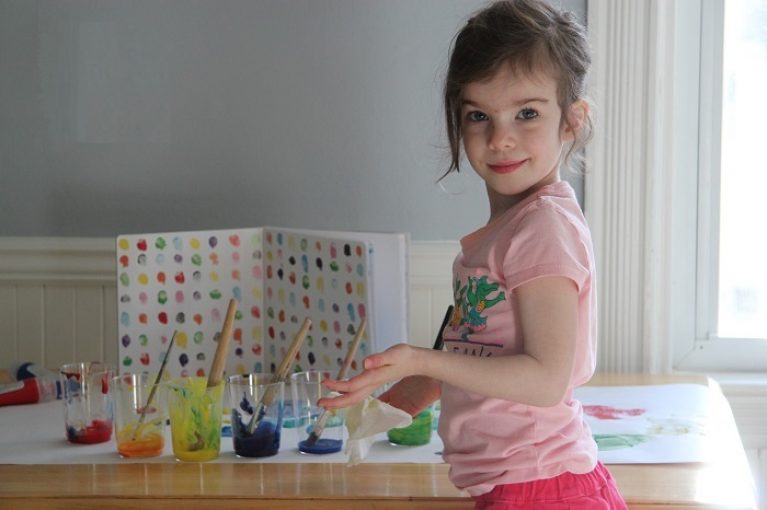
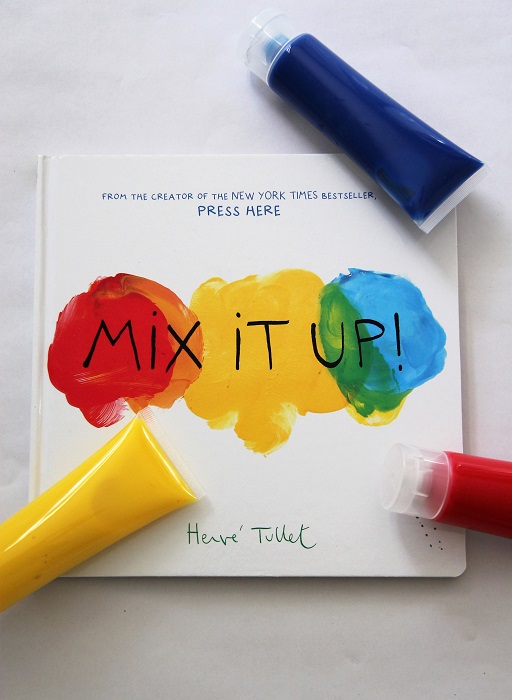
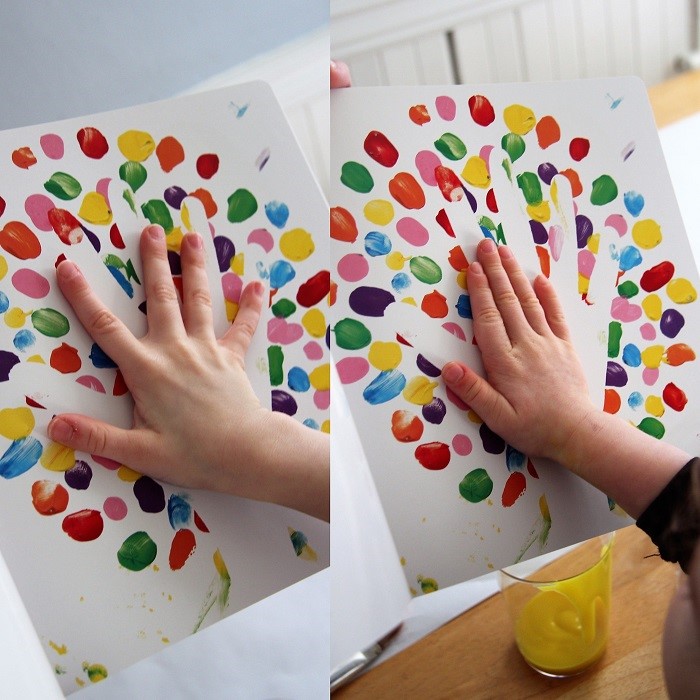
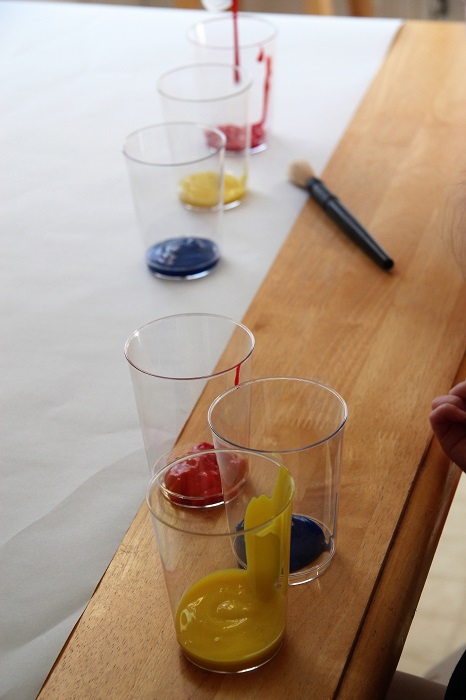
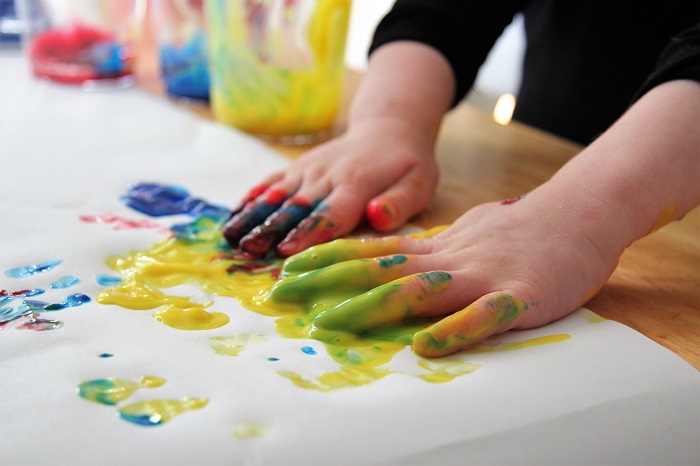
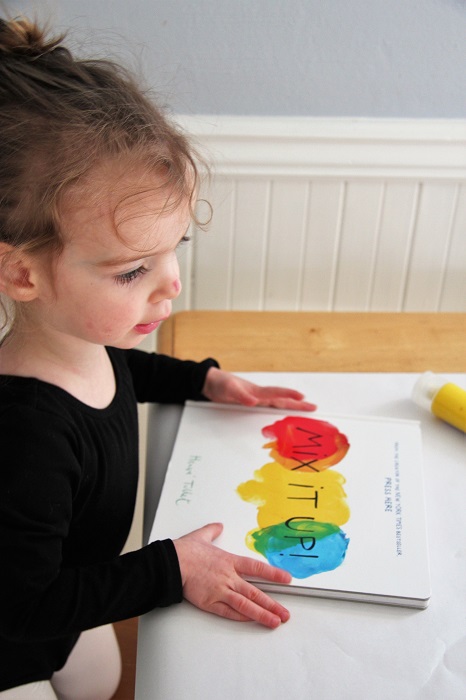
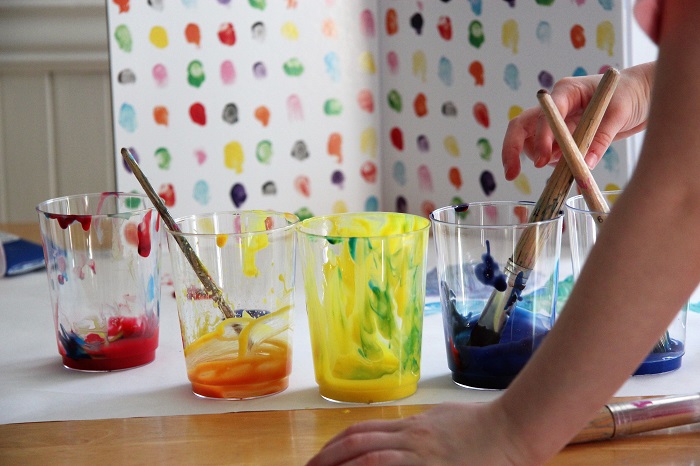
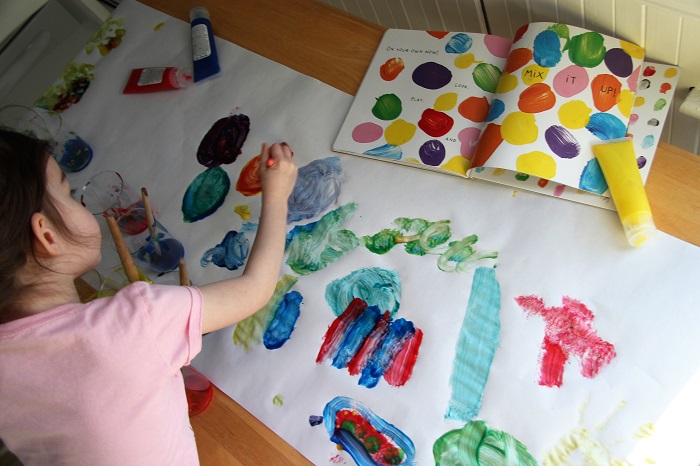
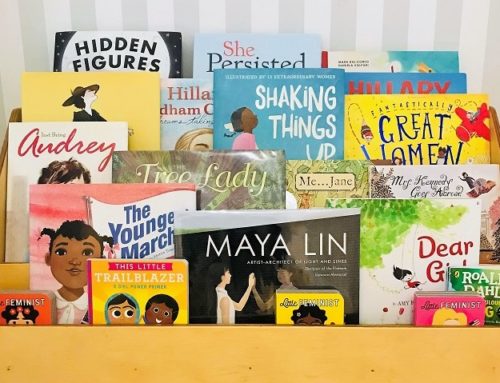
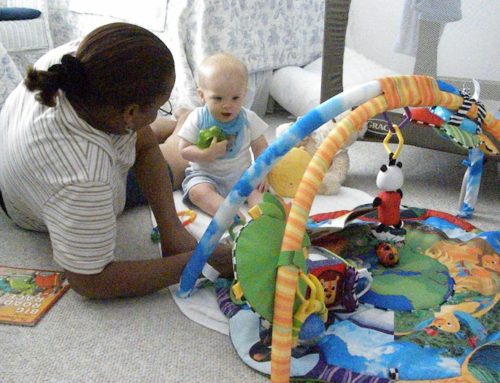
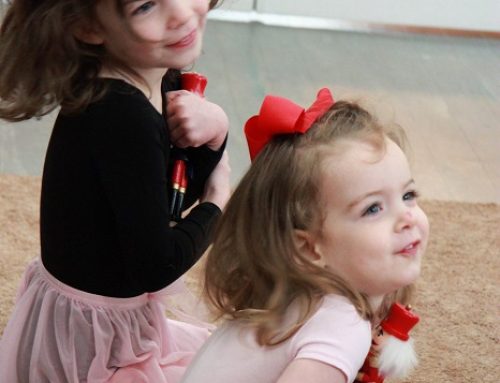
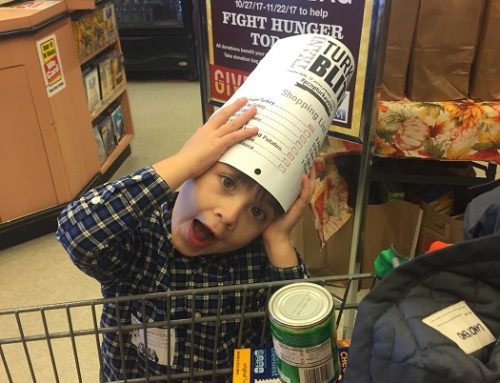
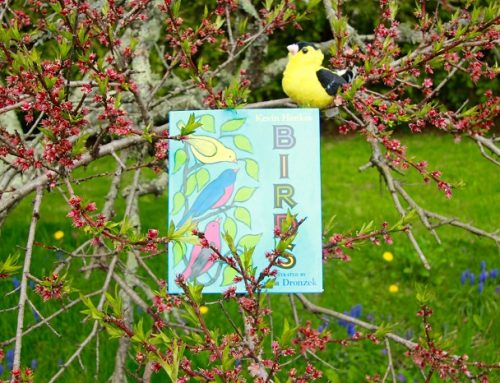



Leave A Comment